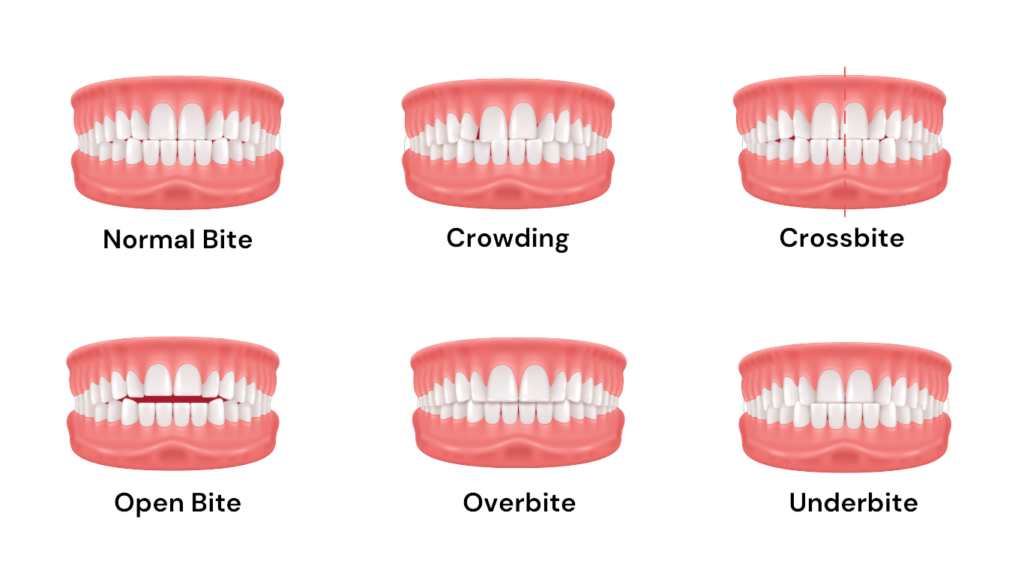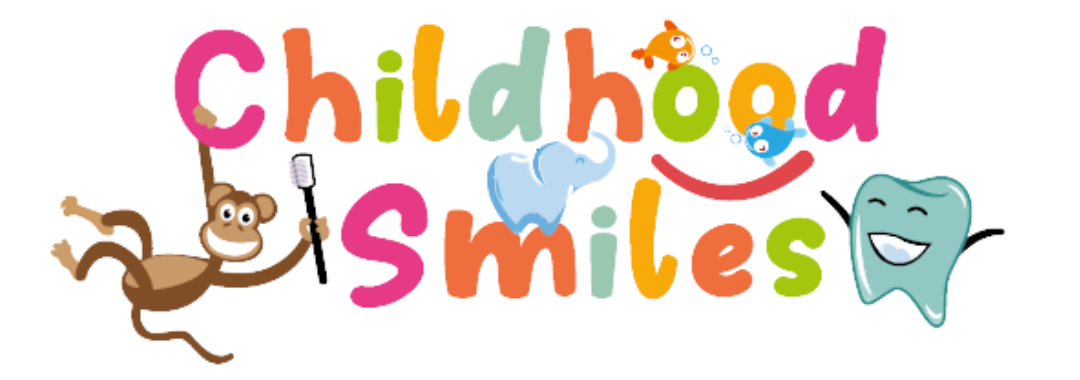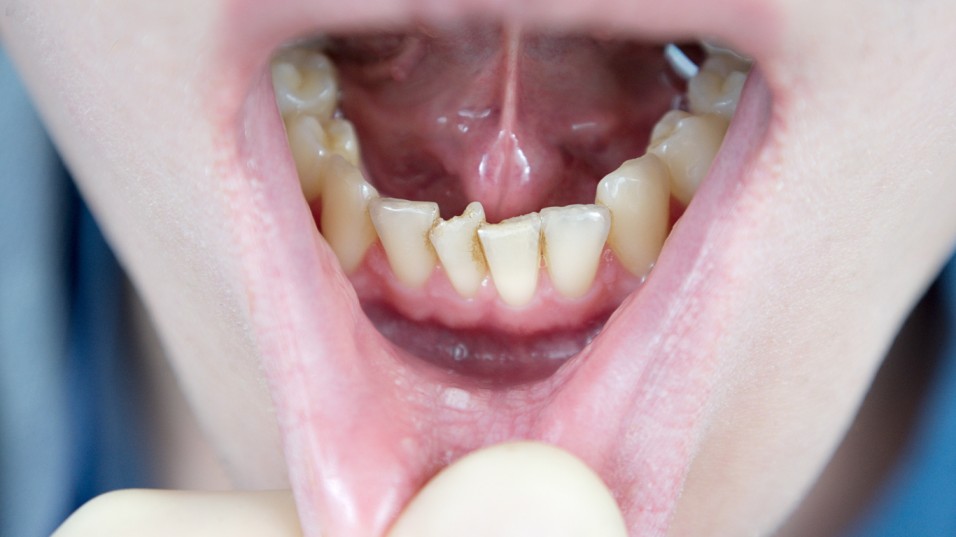Common Orthodontic Problems in Children: What Parents Need to Know
Table of Contents
Orthodontic problems are common in children. In fact, it is estimated that a significant percentage of children have some orthodontic problem for which they need appropriate treatment. Orthodontic problems can affect a child’s appearance, speech, and chewing ability. They can also lead to more serious problems, such as tooth decay and gum disease.
Why are Orthodontic Problems Common in Children?
It could happen due to several reasons, some of which are:
![]() Children’s teeth are constantly growing and changing. As they grow, their jaws may not grow at the same rate, leading to crowding or misalignment of the teeth. This is why we recommend regular visits to a pediatric dentist or orthodontist so that they can monitor the growth and take the appropriate steps if needed in the early stages. Treatments like myo-functional therapy can save your child from many future orthodontic problems. Read more about myo-functional therapy by clicking here.
Children’s teeth are constantly growing and changing. As they grow, their jaws may not grow at the same rate, leading to crowding or misalignment of the teeth. This is why we recommend regular visits to a pediatric dentist or orthodontist so that they can monitor the growth and take the appropriate steps if needed in the early stages. Treatments like myo-functional therapy can save your child from many future orthodontic problems. Read more about myo-functional therapy by clicking here.
![]() Another reason is that children’s teeth may not erupt in the correct position. This can happen due to genetics, thumb sucking, or other bad oral habits.
Another reason is that children’s teeth may not erupt in the correct position. This can happen due to genetics, thumb sucking, or other bad oral habits.
![]() Also, if a child loses their baby teeth too early or too late, it can lead to orthodontic problems.
Also, if a child loses their baby teeth too early or too late, it can lead to orthodontic problems.
What are the Signs and Symptoms of Orthodontic Problems?
There are a number of signs and symptoms that can indicate that your child has an orthodontic problem. These include:
![]() Pay attention to your child’s bite.
Pay attention to your child’s bite.
If you notice that their teeth don’t line up properly (upper and lower teeth overlapping or gap between the jaws) when they bite down, this could be a sign of an orthodontic problem.
![]() Look at their smile.
Look at their smile.
If your child’s teeth are crowded (too close together) or spaced out (too many spaces between the teeth), this could also be a sign of an orthodontic problem.
![]() Temporomandibular joint (TMJ) disorder.
Temporomandibular joint (TMJ) disorder.
This is a condition that affects the joints that connect your jaw to your skull. It can cause pain, clicking, and popping in the jaw. This also indicates orthodontic problems.
![]() Your child is facing problems in biting, chewing, speaking, etc.
Your child is facing problems in biting, chewing, speaking, etc.
If your child is experiencing any of these signs or symptoms, it is important to visit our orthodontist to get a diagnosis and discuss treatment options. It is important to see an orthodontist as soon as possible. Remember, early treatment can help to prevent more serious problems from developing.
Types of Orthodontic Problems
There are a number of different types of orthodontic problems. Some of the most common types include:
![]() Crowded Teeth.
Crowded Teeth.
The most common orthodontic problem is crowded teeth, which happens when there isn’t enough space in your child’s mouth for all the teeth. This can be caused by several factors, such as genetics, sucking thumbs, or losing baby teeth too early.
Crowded teeth can make it challenging to clean teeth thoroughly, leading to tooth decay and gum disease. They can also make it difficult for your child to chew and speak.
![]() Crossbite. A crossbite occurs when one or more teeth in the upper jaw bite inside of the teeth in the lower jaw. A number of factors, including genetics, tongue thrust, and thumb sucking, can cause this. Crossbites can cause problems with chewing and speaking. They can also make it difficult to wear dentures or braces in the future.
Crossbite. A crossbite occurs when one or more teeth in the upper jaw bite inside of the teeth in the lower jaw. A number of factors, including genetics, tongue thrust, and thumb sucking, can cause this. Crossbites can cause problems with chewing and speaking. They can also make it difficult to wear dentures or braces in the future.
![]() Open bite. An open bite occurs when there is a gap between the upper and lower teeth when the jaws close together. Open bites can cause problems with chewing and speaking.
Open bite. An open bite occurs when there is a gap between the upper and lower teeth when the jaws close together. Open bites can cause problems with chewing and speaking.
![]() Overbite. An overbite is an orthodontic problem in which the upper front teeth protrude beyond the lower front teeth. There are many causes of overbites, including genetics, thumb sucking, pacifier use, and a small lower jaw.
Overbite. An overbite is an orthodontic problem in which the upper front teeth protrude beyond the lower front teeth. There are many causes of overbites, including genetics, thumb sucking, pacifier use, and a small lower jaw.
![]() Underbite. An underbite occurs when the lower teeth overlap the upper teeth too much.
Underbite. An underbite occurs when the lower teeth overlap the upper teeth too much.

Treatment Options for Orthodontic Problems
There are many treatment options available for children with orthodontic problems. The best option for your child will depend on the severity of the problem and their overall health.
Some of the most common treatment options for children include:
![]() Braces
Braces
Braces are the most common type of orthodontic treatment. They consist of brackets that are bonded to the teeth and wires that are threaded through the brackets. The wires apply pressure to the teeth, which slowly moves them into a proper position. Braces can be worn for 1-3 years, depending on the severity of the problem.
![]() Invisalign
Invisalign
Invisalign is a newer type of orthodontic treatment. They are made of clear plastic and are designed to fit over the teeth. They are worn for 22 hours a day and are changed every 2-3 weeks. Clear aligners are a good option for people who want a more discreet orthodontic treatment.
![]() Functional Appliances
Functional Appliances
Functional appliances are designed to help the jaws grow and develop properly. They are often used in children who have a crossbite or an underbite. Functional appliances can be worn for 6-12 months.
![]() Surgery
Surgery
In some cases, surgery may be necessary to correct an orthodontic problem. Surgery is usually only used in cases where other treatments have not been successful.
The best way to decide which treatment option is right for your child is to see an orthodontist. The orthodontist will be able to assess your child’s needs and discuss the best treatment options for them.

When should Children see an Orthodontist?
The American Association of Orthodontists (AAO) recommends that all children see an orthodontist by age 7. This is because during this time, the child’s teeth are still growing and changing, and the orthodontist can identify and correct any potential orthodontic problems early on. Early treatment can help to prevent more serious problems from developing later in life.
Orthodontic treatment can help to improve a child’s appearance, speech, and chewing ability. It can also help to prevent more serious problems, such as tooth decay and gum disease. If you are concerned about your child’s teeth, be sure to talk to our orthodontist.
Why consider Childhood Smiles for your child's oral care? Orthodontic Treatment?
There are several reasons to consider orthodontic care with us for your child:
![]() Qualified professionals: Our pediatric dentist and orthodontists are highly trained and experienced in working with children. They have the knowledge and expertise to design a customized treatment plan that meets your child’s unique needs. Read about our team of orthodontists by clicking here.
Qualified professionals: Our pediatric dentist and orthodontists are highly trained and experienced in working with children. They have the knowledge and expertise to design a customized treatment plan that meets your child’s unique needs. Read about our team of orthodontists by clicking here.
![]() Individualized approach: We take a personalized approach to oral care, tailoring our treatment plans to each individual child. This ensures that your child receives the right level of support and guidance to achieve their goals.
Individualized approach: We take a personalized approach to oral care, tailoring our treatment plans to each individual child. This ensures that your child receives the right level of support and guidance to achieve their goals.
![]() Positive and encouraging environment: We create a positive and supportive environment for your child to learn and grow. Our therapists/doctors are patient, compassionate, and skilled at working with children who may be experiencing anxiety or other challenges.
Positive and encouraging environment: We create a positive and supportive environment for your child to learn and grow. Our therapists/doctors are patient, compassionate, and skilled at working with children who may be experiencing anxiety or other challenges.
![]() Comprehensive oral care for all your child’s needs: Childhood Smiles is an exclusive pediatric oral care center in Bangalore. We offer a complete range of treatments that your child would need to maintain an excellent oral health and overall well-being. Our team of doctors/dentists are experienced in handling complex cases of oral problems in children.
Comprehensive oral care for all your child’s needs: Childhood Smiles is an exclusive pediatric oral care center in Bangalore. We offer a complete range of treatments that your child would need to maintain an excellent oral health and overall well-being. Our team of doctors/dentists are experienced in handling complex cases of oral problems in children.

